Bread is a beloved food that comes in a variety of textures and flavors. Whether you are enjoying a savory sandwich, dipping bread into fondue, or savoring a slice of buttered toast, bread is a staple in many people's diets. However, some bread can be high in calories and lacking in essential nutrients. To maintain a healthy lifestyle, it is important to choose low-calorie bread options that offer more nutritional value.
While bread is a great source of carbohydrates, it does not always provide sufficient protein, fiber, fat, vitamins, and minerals that your body needs. Additionally, some types of bread can contribute to weight gain, particularly if consumed in excess. Eating more than two servings of white bread daily has been linked to an increased risk of obesity, according to a study published in BMC Public Health.
However, cutting bread out of your diet entirely is not necessary. According to Shelley Case, a nutrition consultant and author, bread has been given a bad reputation in recent years due to the negative attention surrounding gluten. For those who do not have a gluten sensitivity, low-calorie bread made from whole grains such as whole wheat, rye, or oats are a better option than white bread. These breads provide more fiber and essential nutrients, while being lower in calories.
By choosing low-calorie bread made from whole grains, you can continue to enjoy bread as part of a healthy diet without compromising your nutritional needs. For more advice on healthy eating and information on the impact of unhealthy bread, be sure to consult with a registered dietitian.
1) Whole-Grain Bread
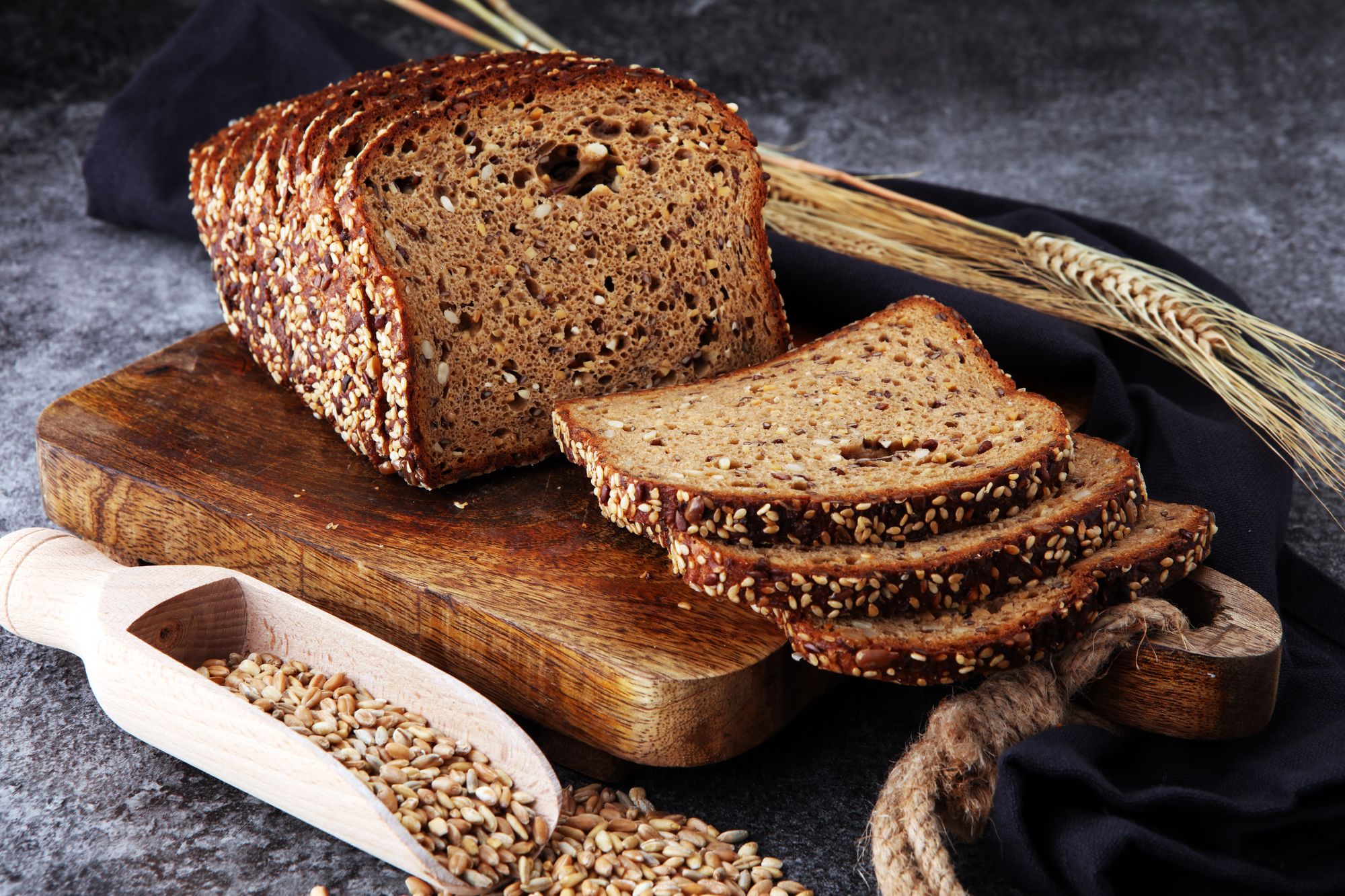
Calorie Count: 265 calories per 100 grams
Lori Walker, a registered dietitian, freelance food and nutrition writer, and recipe developer at Easy Kitchen Guide, recommends whole-grain bread for those who want to lower their calorie intake. Whole-grain bread is higher in fiber and lower in calories compared to white or refined grain bread. Additionally, whole-grain foods are rich in valuable vitamins, minerals, and nutrients, such as iron, magnesium, vitamin A, vitamin E, and various B vitamins. These nutrients can help manage weight, blood pressure, and cholesterol levels while reducing the risk of heart disease and diabetes.
According to Mayo Clinic Healthy Living Program Dietitian Angie Murad, MPH, choosing whole-grain bread is the healthiest option. It is important to check the label and ensure that the bread is made with whole grains. This information should be listed on the packaging. In a video clip for the "Mayo Clinic Minute" series, Murad emphasized the importance of selecting whole-grain bread for optimal health benefits.
2) Sourdough Bread
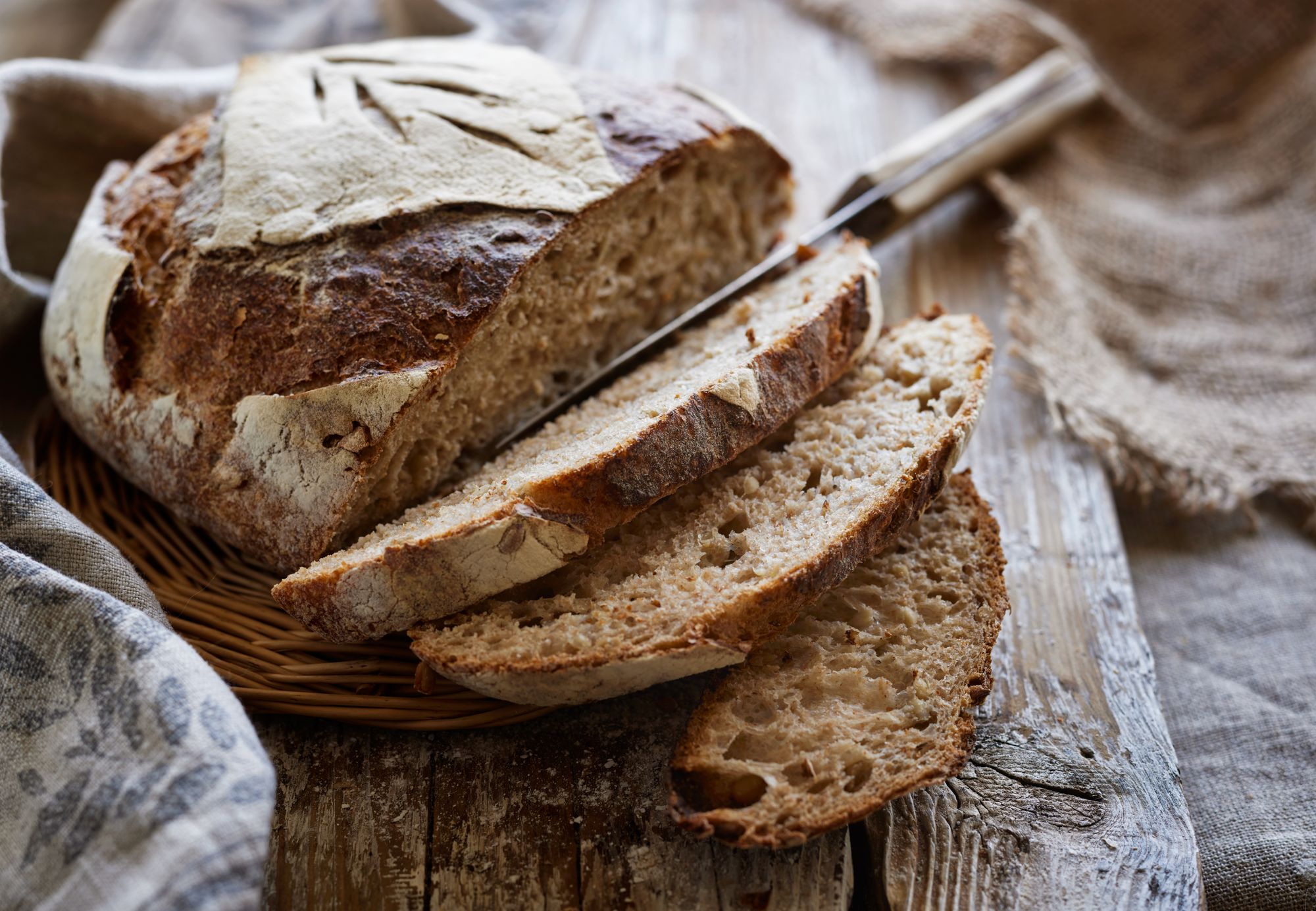
Calorie Count: 289 calories per 100 grams
During the COVID-19 pandemic and subsequent quarantine period, many people turned to baking sourdough bread as a comforting activity for their bread-loving families. In addition to being a tasty, low-calorie option, sourdough bread has health benefits. According to Melissa Wasserman Baker, a nutritionist and founder of FoodQueries, sourdough bread is made with fermented dough which can help improve digestion and nutrient absorption.
Recent research suggests that sourdough bread can function like a prebiotic due to the fiber it contains. This fiber promotes the growth of beneficial bacteria in the intestines, which can aid in proper digestion. Additionally, sourdough bread has been found to have a favorable impact on blood sugar levels, making it a good choice for those looking to manage their weight, according to Medical News Today.
3) Multigrain Bread
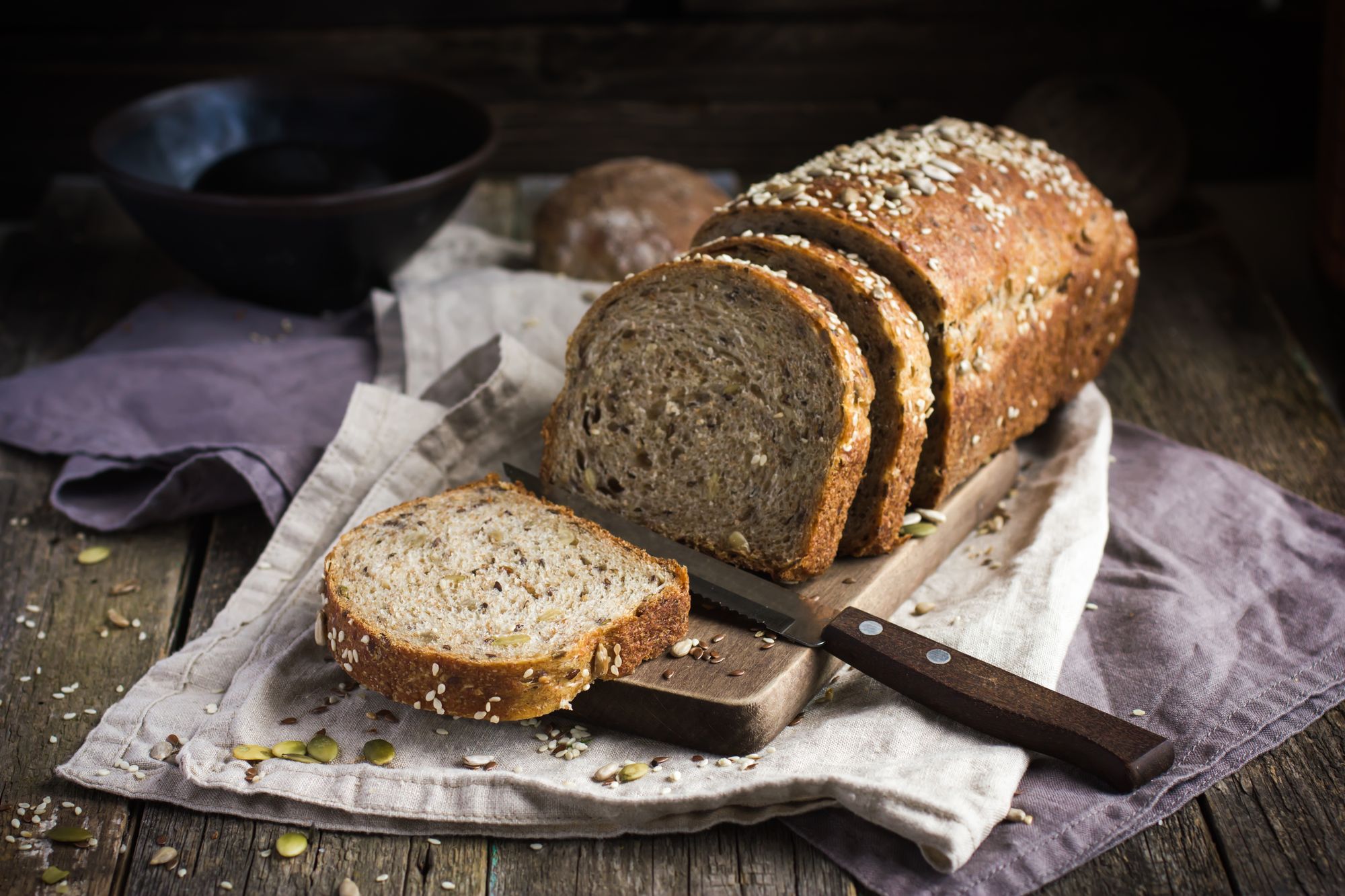
Calorie Count: 251 calories per 100 grams
Multigrain bread is an excellent low-calorie option with plenty of flavor and texture, according to Lori Walker, a registered dietitian, freelance food and nutrition writer, and recipe developer with Easy Kitchen Guide. Multigrain bread typically contains several grains such as oats, barley, and wheat, as well as seeds such as flax, millet, and quinoa.
However, it is essential to be mindful of misleading labels when selecting multigrain bread. Laura Jeffers, a registered dietitian and author at the Cleveland Clinic, warns that terms like "wheat" or "multigrain" that do not specify a percentage may be made with mostly or partially refined white flour. Wheat flour, for example, is 75% white flour and only 25% whole-wheat. Therefore, it is crucial to read the label and select bread made with 100% nutritious ingredients.
Jean Hanks, a registered dietitian nutritionist, suggests choosing a brand that is low in added sugar and has a simple ingredients list. The calorie content of multigrain bread can range from 70-100 calories per slice, similar to whole wheat bread. So, it is a great option for those who want to maintain a healthy lifestyle while still enjoying tasty bread.
4) Sprouted Bread

Calorie Count: 260 calories per 100 grams
Sprouted bread is a type of bread made from grains that have been soaked, sprouted, and milled into flour, according to Lori Walker, a registered dietitian, freelance food and nutrition writer, and recipe developer at Easy Kitchen Guide. This bread is high in fiber and contains fewer calories than other types of bread, making it an excellent choice for those looking to reduce their calorie intake while maintaining adequate nutrition.
Sprouted bread is made from whole grains that are sprouting, resulting in the lowest amount of carbohydrates and high fiber content. This bread is an ideal option for those with high blood sugar or diabetes, as it can help regulate blood sugar levels while aiding weight loss due to its low-calorie count. The grains in sprouted bread soak up water to sprout, reducing calories.
Registered dietitian Amy S. Margulies, a certified diabetes care and education specialist, licensed dietitian nutritionist, and national board-certified health and wellness coach, recommends sprouted bread as an ideal low-calorie option. She suggests selecting a brand that is between 80-110 calories, as there are various slice sizes available. With numerous brands baking sprouted grain bread, it's easy to find an option that fits your needs.
5) Flax Bread

Calorie Count: 323 calories per 100 grams
"Coming in at 50 to 80 calories per slice, flax bread has a good amount of protein (4–5 grams per slice), 3 grams of fiber, and a small amount of healthy unsaturated fat coming from the flax," says Hanks.
Additionally, flax bread is high in antioxidants and may help to protect you from a number of health issues, including benefiting the heart as well as blood sugar and cholesterol levels. Flax can also help with constipation, hot flashes, and arthritis symptoms while potentially lowering the risk of cancer. In order to get the most out of flaxseed, the Mayo Clinic also notes that flax should be eaten while drinking water but not while taking oral medication.
6) English Muffins

Calorie Count: 227 calories per 100 grams
According to Meghan Novoshielski, MS, RDN, a medical reviewer for Set for Set, English muffins make a great alternative to sandwich bread at only 67 calories per muffin. This is a significant calorie reduction from the 80-120 calories per slice in regular bread.
English muffins come in various types, including whole wheat, multigrain, and oat bran, as well as flavored versions such as cinnamon and raisin. They all tend to offer fiber, iron, and various vitamins, according to the U.S. Department of Agriculture.
It's important to keep in mind that the toppings you choose for your English muffin can affect the number of nutrients and calories you consume. For example, loading it with fried eggs, cheese, and bacon will increase the calorie count significantly, while adding vegetables or fruit will keep the calorie count lower.
7) Rye Bread

Calorie Count: 259 calories per 100 grams
Lori Walker, a registered dietitian, freelance food and nutrition writer, and recipe developer at Easy Kitchen Guide, recommends rye bread as another low-calorie whole-grain option that promotes weight loss while providing whole-grain nutrition. Rye bread has fewer calories than other wheat varieties but more fiber than white or processed grain products, according to Walker.
Rye bread contains more micronutrients and has been linked to healthy gut microbiome activity. Studies have shown that rye bread does not cause blood sugar spikes like white bread does, and it can also lower cholesterol levels, benefit the digestive system, and leave you feeling more full than other types of bread. Rye bread may also help reduce inflammation and the risk of certain cancers.
8) 100-Calorie Flatbreads
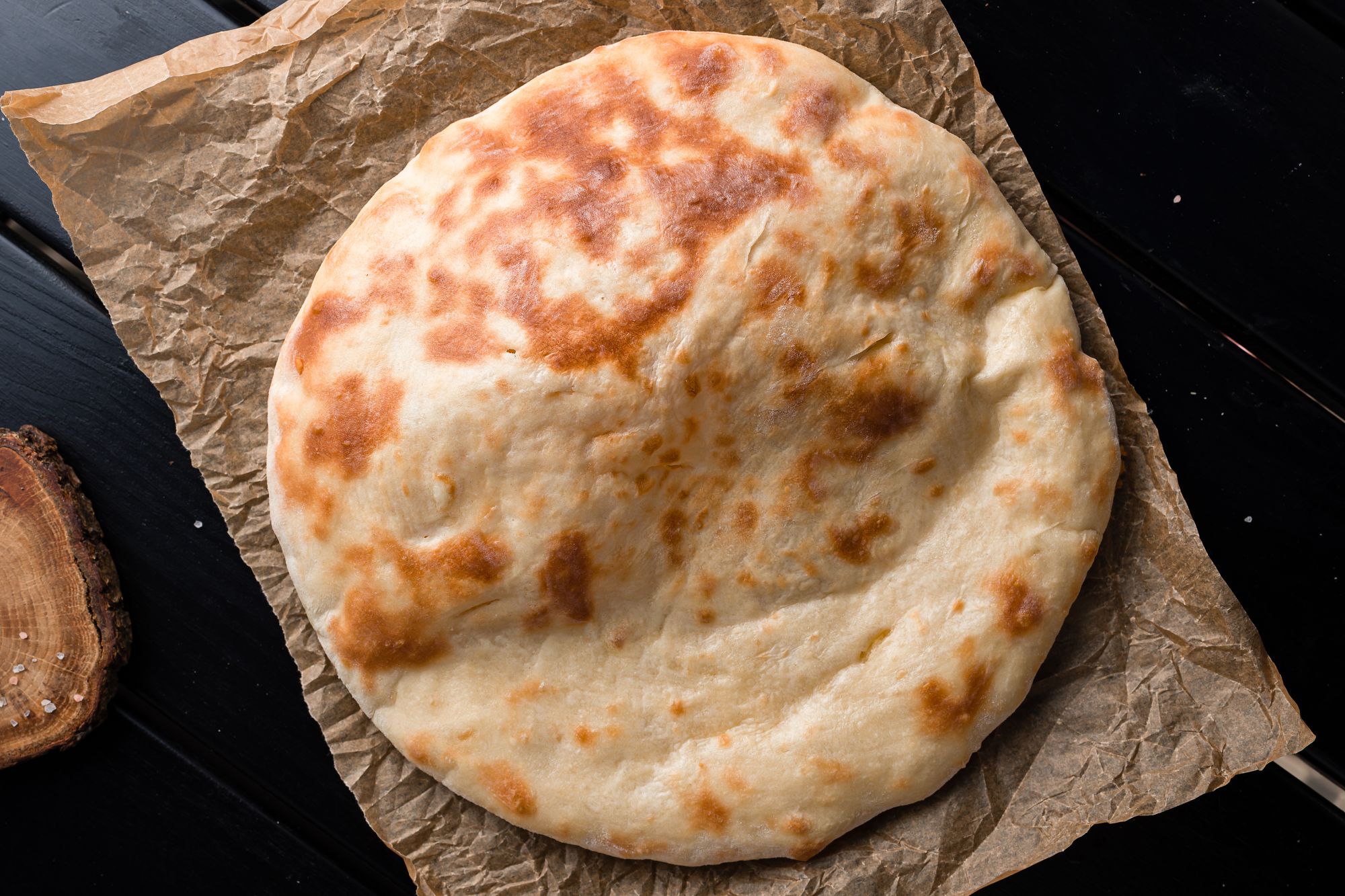
Calorie Count: 100 calories per piece
According to Amy S. Margulies, a registered dietitian, certified diabetes care and education specialist, licensed dietitian nutritionist, and national board-certified health and wellness coach, flatbreads are a quick and versatile option for making sandwiches, mini flatbread pizzas, or open-face sandwiches. Margulies notes that you can get two slices for the calorie price of one, making them a stomach-friendly and energy-boosting choice.
At just 100 calories per flatbread, it is easy to keep track of your calorie intake. However, Margulies advises accounting for extra calories from toppings, especially if you decide to try out the many flatbread recipes available, such as Pumpkin Arugula Flatbread, Orange Chicken Flatbread, or Apple Balsamic Flatbread, which all sound delicious. Flatbreads leave room for the combination of lean protein and veggies, making it a delightful and low-calorie meal option.
9) Cloud Bread
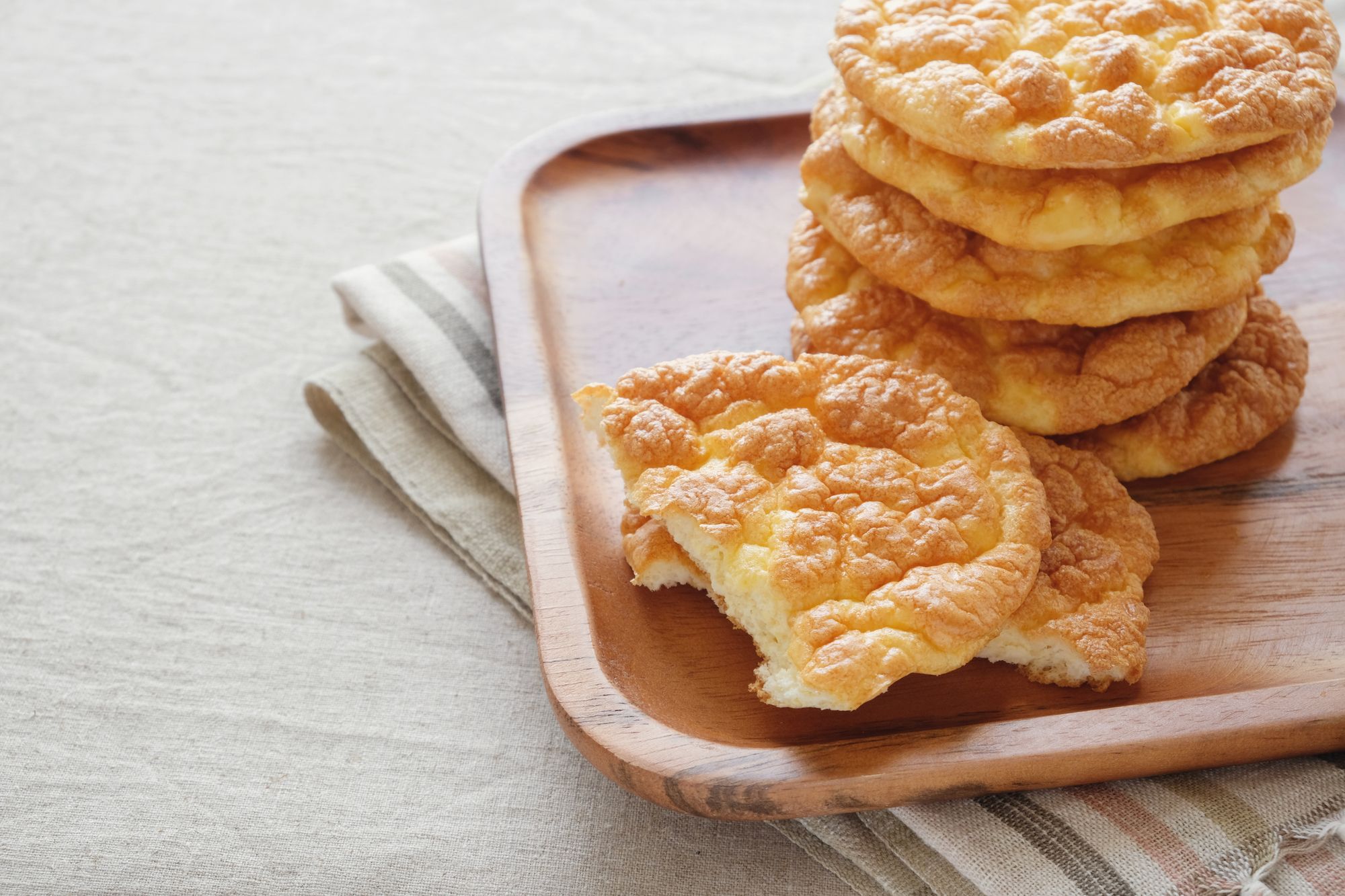
Calorie Count: 120 calories per 100 grams
Meghan Novoshielski, MS, RDN, a medical reviewer for Set for Set, recommends cloud bread as a good low-calorie and low-carb option. Cloud bread is made from egg whites, cream cheese, cream of tartar, and salt, and is a flourless option that is packed with protein, making it an ideal option for those who are gluten-free, following a keto diet or a paleo diet. It is possible to make it at home, or there are store-bought options available, with one piece containing about 50-60 calories.
Cloud bread also contains various micronutrients that traditional bread does not, including vitamin A, vitamin D, phosphorus, choline, and selenium, according to Edwina Clark, RD, head of nutrition and wellness at Yummly, as discussed in a 2016 Women's Health article. These nutrients support eye health, bone health, metabolism, cognitive function, and immunity, making cloud bread a nutritious and low-calorie option.
10) Ezekiel Bread
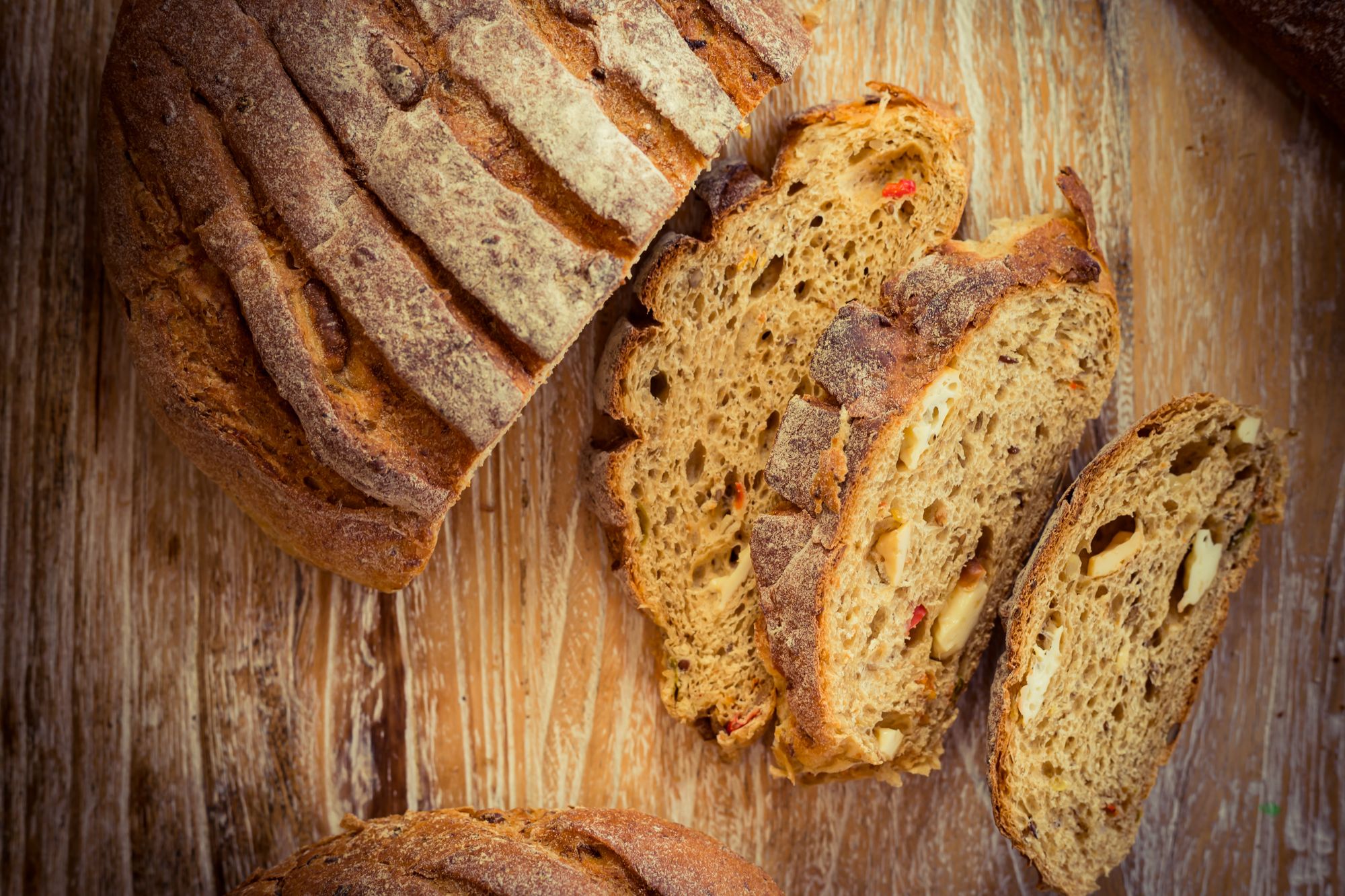
Calorie Count: 240 calories per 100 grams
Melissa Wasserman Baker, a nutritionist and founder of FoodQueries, recommends Ezekiel bread as a nutritious low-calorie bread option. This bread is made from sprouted whole grains and legumes, which increases its protein and nutrient content.
Ezekiel bread is a flourless and sugar-free bread that takes advantage of the nutritional benefits offered by cereal grains such as wheat, barley, millet, and spelt, as well as legumes like lentils and soybeans. With just 80 calories per slice or around 240 calories per 100 grams, it is a low-calorie option that can be easily found in grocery stores or made at home.

